- News
- Reviews
- Bikes
- Components
- Bar tape & grips
- Bottom brackets
- Brake & gear cables
- Brake & STI levers
- Brake pads & spares
- Brakes
- Cassettes & freewheels
- Chains
- Chainsets & chainrings
- Derailleurs - front
- Derailleurs - rear
- Forks
- Gear levers & shifters
- Groupsets
- Handlebars & extensions
- Headsets
- Hubs
- Inner tubes
- Pedals
- Quick releases & skewers
- Saddles
- Seatposts
- Stems
- Wheels
- Tyres
- Tubeless valves
- Accessories
- Accessories - misc
- Computer mounts
- Bags
- Bar ends
- Bike bags & cases
- Bottle cages
- Bottles
- Cameras
- Car racks
- Child seats
- Computers
- Glasses
- GPS units
- Helmets
- Lights - front
- Lights - rear
- Lights - sets
- Locks
- Mirrors
- Mudguards
- Racks
- Pumps & CO2 inflators
- Puncture kits
- Reflectives
- Smart watches
- Stands and racks
- Trailers
- Clothing
- Health, fitness and nutrition
- Tools and workshop
- Miscellaneous
- Buyers Guides
- Features
- Forum
- Recommends
- Podcast
feature
 2022 Schmolke Aerrow road bike - 1 (1)
2022 Schmolke Aerrow road bike - 1 (1)6.1kg!?! Check out the superlight Schmolke Aerrow
This new Schmolke Aerrow Shimano Dura-Ace Di2 Disc is the first road bike from the German lightweight carbon company, and it hits the scales at a claimed 6.3kg – well below the UCI’s 6.8kg minimum weight limit for racing – with even lighter builds possible.
If you don’t know much about Schmolke, it’s a boutique carbon brand that has been around since 1992, supplying the likes of Jan Ullrich and Erik Zabel over the years. It makes handlebars, stems, seatposts, saddles and wheels – all of it from carbon and always with a focus on keeping weight low. It’s specialist stuff and is priced accordingly. Schmolke’s carbon stem will set you back between €498.99 and €645.00, for example (about £435-£550).
14 of the lightest road bikes — take a look at these featherweight rides
If you’re obsessed with lightweight components, though, and you don’t mind digging deep, Schmolke is perfect for you. That carbon stem weighs just 81g in a 100mm length.
We were impressed by the Schmolke Roadbar Oversize Evo TLO handlebar when we reviewed it. We had the 44cm version (measured outer to outer) and it weighed an astonishingly light 147g while offering a decent level of stiffness.
Check out our review of the Schmolke Roadbar Oversize Evo TLO handlebar
Now Schmolke is launching its Aerrow road bike that features aero frame tubing, an aero seatpost and dropped seatstays. Routing for the disc brakes is fully internal – as is the case on the vast majority of top-level road bikes these days. At a glance, it looks a lot like Specialized's Tarmac SL7.
The geometry is pretty aggressive. The medium-sized model comes with 73°/74° frame angles, a 540mm effective top tube (the length the top tube would be if it was horizontal rather than sloped), a 515mm seat tube (centre of BB to top of seat tube), and a 143mm head tube. The stack on this size is 544mm and the reach is 384mm, giving a stack/reach of 1.41.
Bike geometry 101: Find out why stack & reach are important
Although the bike features a UCI decal, it has yet to appear on the list of Approved Models of Frames and Forks. Once approved, brands can request that a bike isn’t listed until the official launch.
The Schmolke Aerrow is available in several different builds, the least expensive being with a SRAM Force AXS groupset. You’re still looking at paying at least €7,459 (around £6,389).
There are also Shimano Ultegra (from €8,059/£6,900) and SRAM Red eTap AXS (from €10,250/£8780) versions.
Many of the other components fitted are Schmolke’s own. The Schmolke Carbon TLO Evo ICR handlebar and Schmolke Carbon TLO ICR stem both have internal cable routing (that’s what the ‘ICR’ stands for) while the SP-Aerrow seatpost is specific to the frame. You can choose the handlebar width and the stem length.
You can also specify the Schmolke Carbon TLO wheelset you’d like, from 30mm up to 62mm rim depth (TLO stands for ‘The Lightest One’, by the way). The exact price will also depend on the hubs you choose: DT Swiss 180 or Extralite SPD-3. The tyres are Challenge Strada Pros in either 25mm or 27mm width. The maximum tyre width the Schmolke Aerrow will take is 28mm.
The saddle is Schmolke’s Carbon TLO 55 which is fully carbon with no padding. The ‘55’ in the name refers to the claimed weight in grams. Bought separately, the saddle is €519.99 (£445).
29 of the best high-performance lightweight saddles
The chainset on the model shown is a THM Clavicula SE. This is carbon down to the axle and THM claims a weight of 302g, including the spider.
Prices for the Schmolke Aerrow Shimano Dura-Ace range from €11,460 (£9,800) to €12,415 (£10,625).
As mentioned up top, Schmolke claims a total bike weight of just 6.3kg for this Aerrow Shimano Dura-Ace Di2 build, which is astonishingly light for a disc brake bike, although it has yet to publish frame and fork weights. Builds as low as 6.1kg are said to be possible.
Mat has been in cycling media since 1996, on titles including BikeRadar, Total Bike, Total Mountain Bike, What Mountain Bike and Mountain Biking UK, and he has been editor of 220 Triathlon and Cycling Plus. Mat has been road.cc technical editor for over a decade, testing bikes, fettling the latest kit, and trying out the most up-to-the-minute clothing. He has won his category in Ironman UK 70.3 and finished on the podium in both marathons he has run. Mat is a Cambridge graduate who did a post-grad in magazine journalism, and he is a winner of the Cycling Media Award for Specialist Online Writer. Now over 50, he's riding road and gravel bikes most days for fun and fitness rather than training for competitions.
Latest Comments
- David9694 0 sec ago
I wonder what age that man will get to before it dawns on him what he is. ...
- Terry Hutt 53 min 30 sec ago
I was interested in the EasiCyco backpack until I watched their Kickstarter video. Both their riders' bums rub on the backpack. That's a hard NO...
- redhanded 3 hours 23 min ago
I had 2 bikes stolen from bike shed outside my flat in London last year. They ended up for sale in Russia. A cycling club I'm a member of tweeted...
- Deac 4 hours 23 min ago
I tried the footrest on the way home, it's a great idea, you can keep on the saddle making it easier to get away from the traffic lights, and being...
- mdavidford 6 hours 54 min ago
"Driver fined £100 after stopping to be sick" https://www.bbc.co.uk/news/articles/ce8g13pp0plo
- ktache 7 hours 17 min ago
Not that they would be as technical, or maybe quite as grippy, but does the skate industry provide any solutions?
- Rendel Harris 8 hours 13 sec ago
Sorry to be a killjoy but it doesn't amuse me at all, I hope the idiot gets caught and punished. Putting yourself on the same road as pros...
- willpom @GWRaudax 8 hours 35 min ago
Steve Poulton has just published The Cheltenham Flyer - 10th May https://www.audax.uk/event-details/calendar/13235-cheltenham_new_flyer_200
- David9694 8 hours 51 min ago
Chef left with 'car sticking out of house' on crash-hit road...
- HKR 11 hours 45 min ago
It's not 4k though. It's a 4k sensor. But when image stabilization is on, that's chopped down to little over a 1080 image. ...
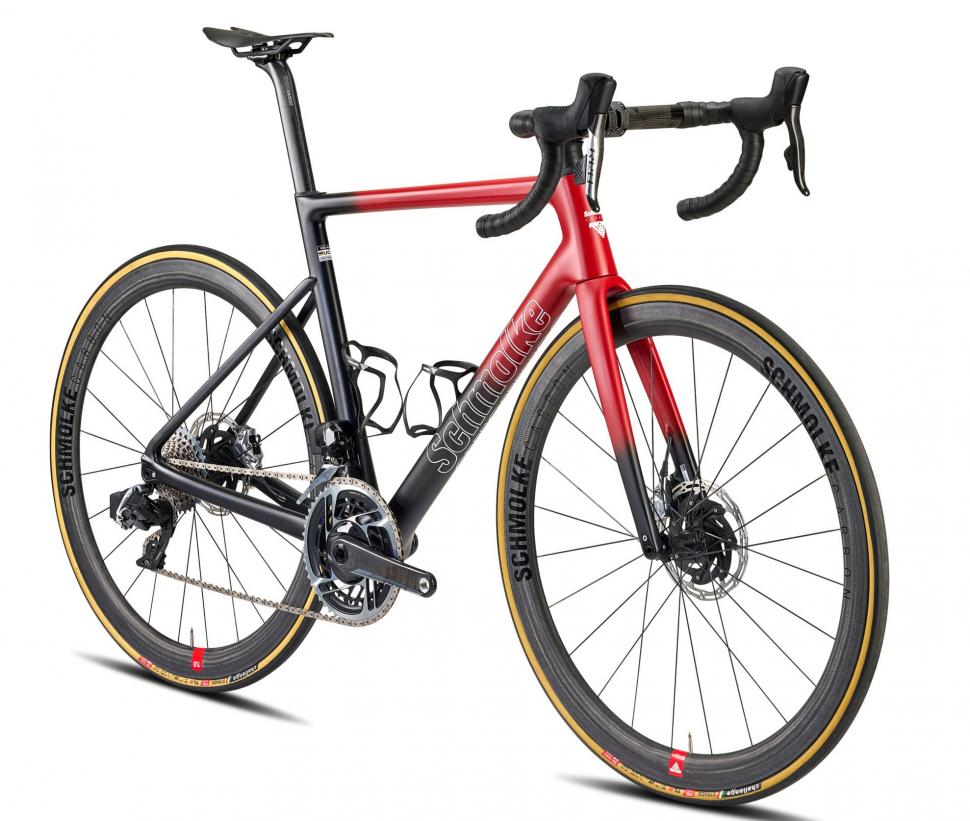
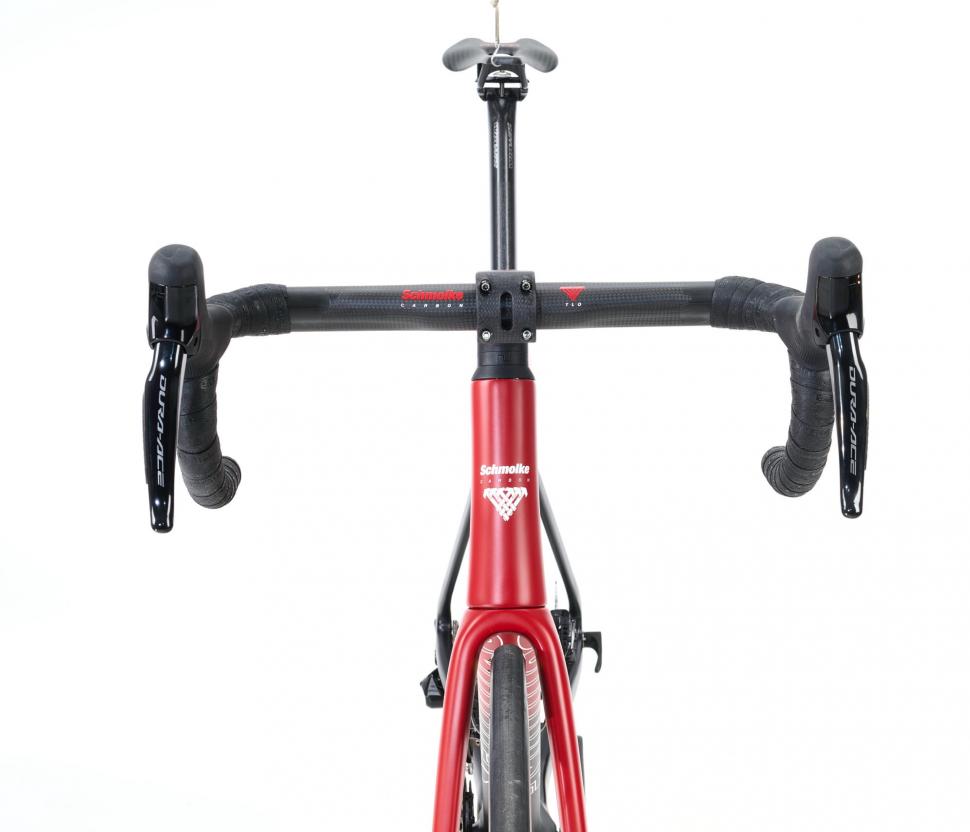
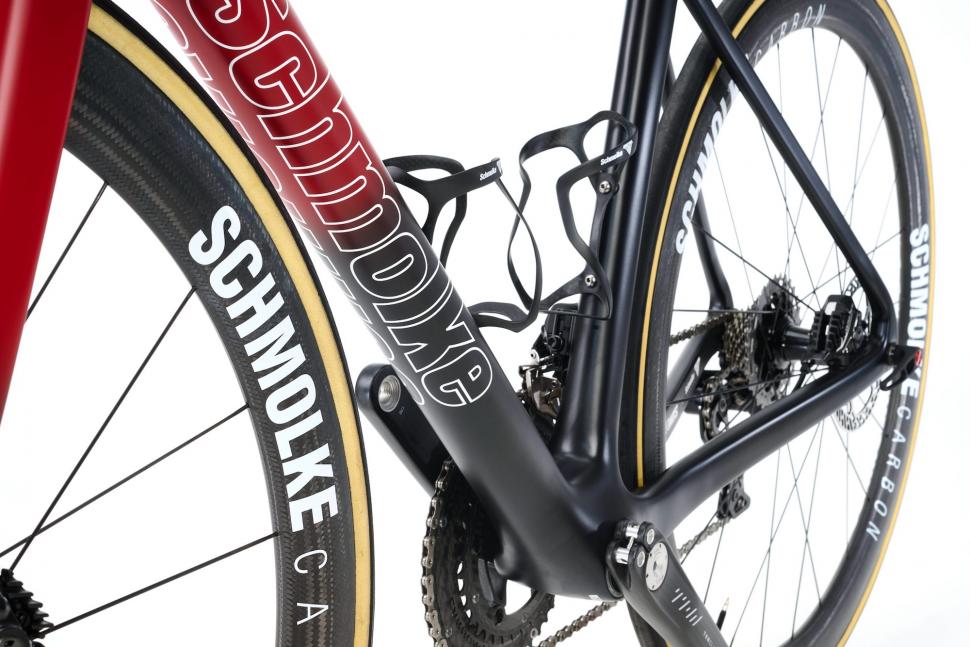
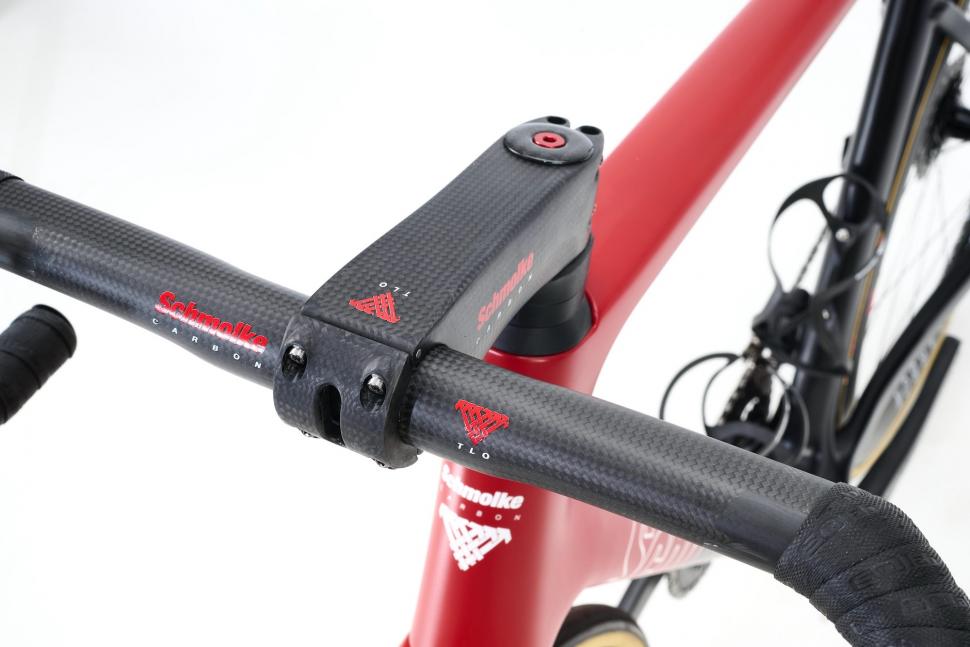
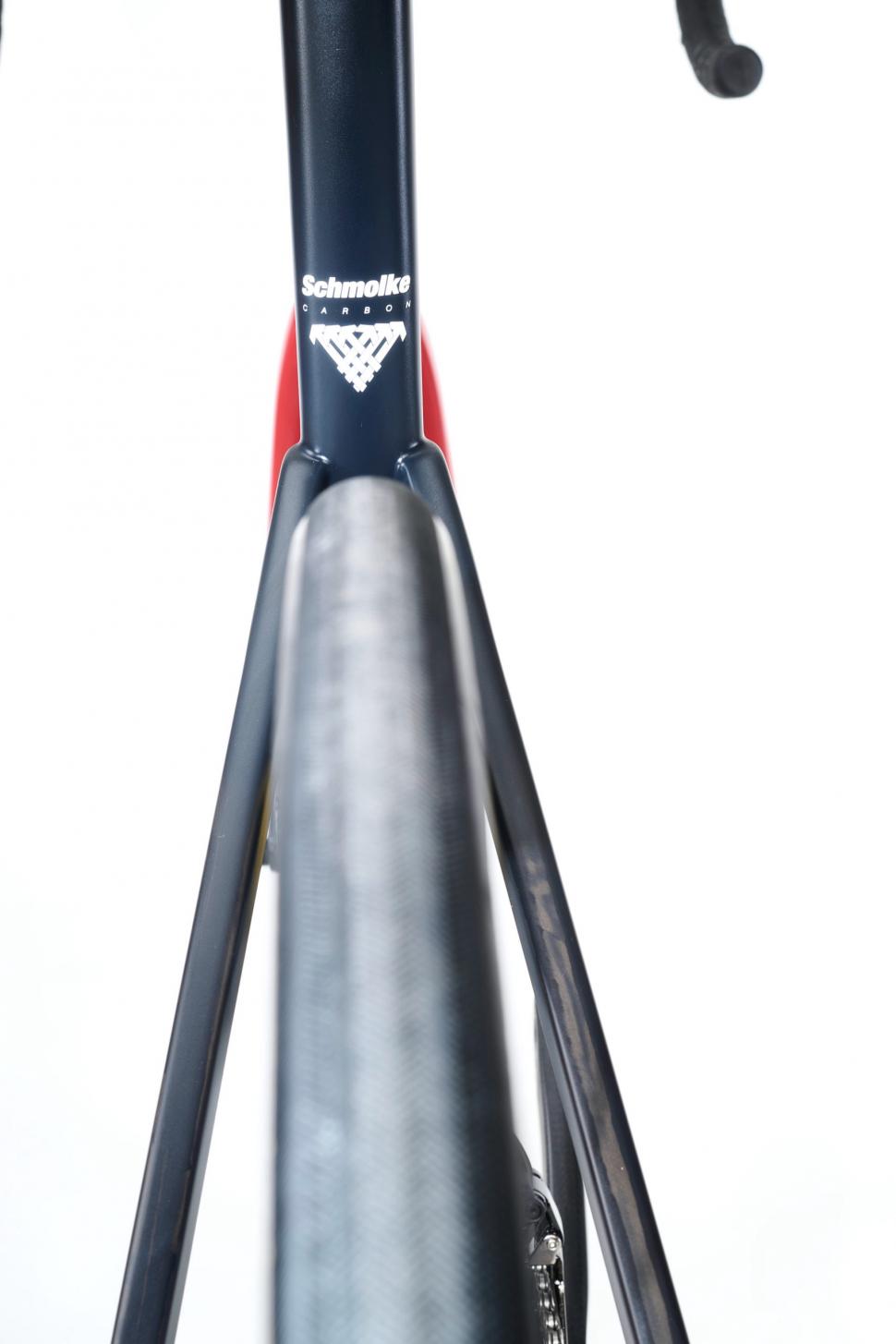
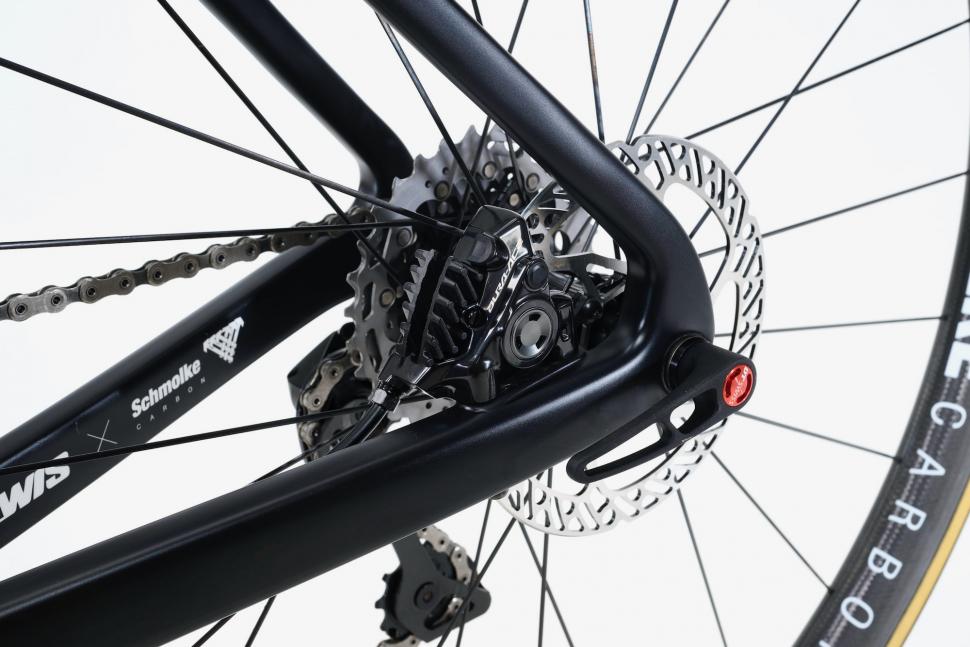
Add new comment
4 comments
Lazy and greedy bike manufacturers are the reason this is even a story.
I used to ride a 6.1kg bike 15 years ago and it only cost me about $8k AU to build.
If this is news 15 YEARS LATER, what a poor state the bicycle manufacturing industry must be.
About 12.000€ to achieve a bike weight that used to be achievable with less than half that sum some 5 years ago and with less exotic components. Just an example, not mine (slightly under 6 kg for less than 3.000€, albeit with some used parts, built in 2018).
Progress, right...
As you (claim to) have climbed more European passes than me I am unworthy and daren't respond.
With a frame weight of 840 grams there's a few other mfg (for example S-Works 588 gr, AX lightness 600 gr, Canyon CFR 675 gr, etc), who can get lower with all the lightweight carbon its and bits pieces.